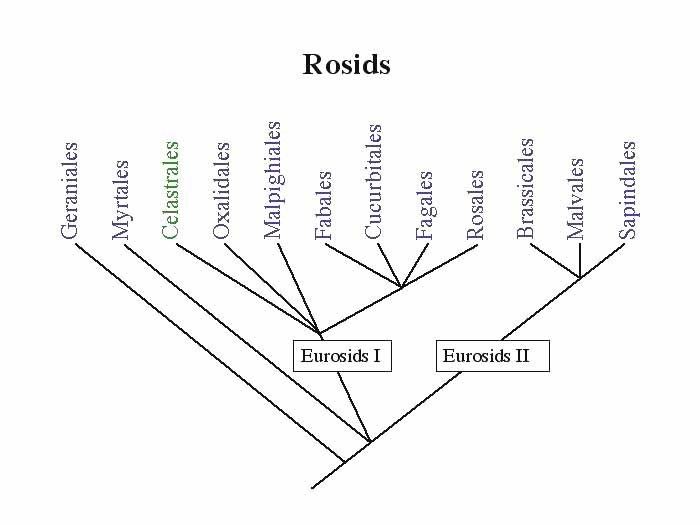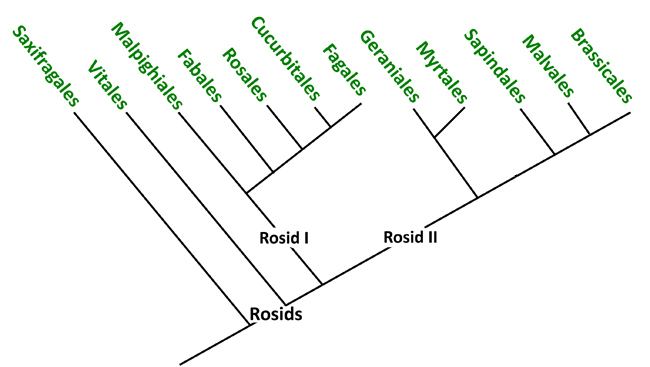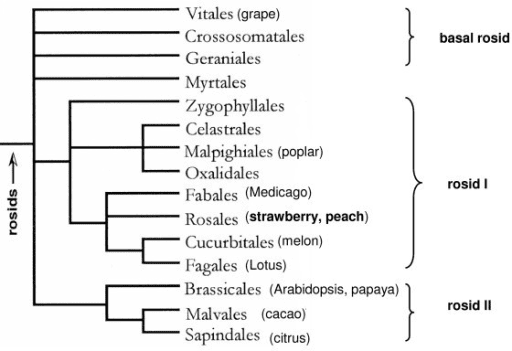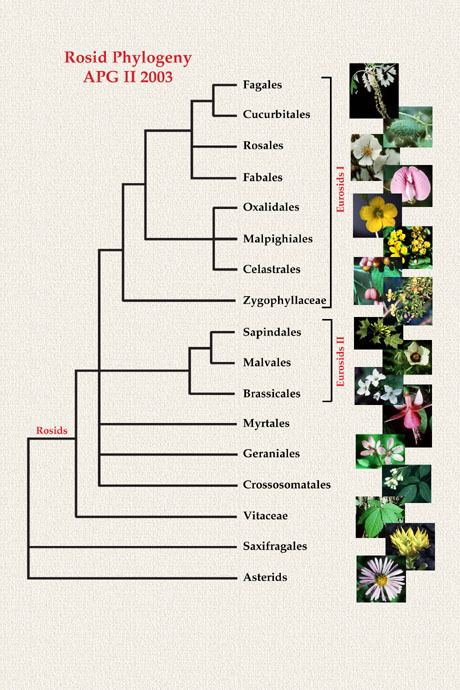Clade Rosids Higher classification Eudicots | Clade Angiosperms Scientific name Rosids | |
 | ||
Lower classifications Rosales, Rosaceae, Celastrales, Vitaceae, Celastraceae | ||
Dan ilut fatty acid desaturate genes in rosids
The rosids are members of a large clade (monophyletic group) of flowering plants, containing about 70,000 species, more than a quarter of all angiosperms.
Contents
- Dan ilut fatty acid desaturate genes in rosids
- Stone matt s burning rosids imperial cherry wood smoked saison beer geek nation craft beer reviews
- Name
- Relationships
- Classification
- Orders
- Phylogeny
- References

The clade is divided into 16 to 20 orders, depending upon circumscription and classification. These orders, in turn, together comprise about 140 families.

Fossil rosids are known from the Cretaceous period. Molecular clock estimates indicate that the rosids originated in the Aptian or Albian stages of the Cretaceous, between 125 and 99.6 million years ago.
Stone matt s burning rosids imperial cherry wood smoked saison beer geek nation craft beer reviews
Name
The name is based upon the name "Rosidae", which had usually been understood to be a subclass. In 1967, Armen Takhtajan showed that the correct basis for the name "Rosidae" is a description of a group of plants published in 1830 by Friedrich Gottlieb Bartling. The clade was later renamed "Rosidae" and has been variously delimited by different authors. The name "rosids" is informal and not assumed to have any particular taxonomic rank like the names authorized by the ICBN. The rosids are monophyletic based upon evidence found by molecular phylogenetic analysis.
Three different definitions of the rosids were used. Some authors included the orders Saxifragales and Vitales in the rosids. Others excluded both of these orders. The circumscription used in this article is that of the APG IV classification, which includes Vitales, but excludes Saxifragales.
Relationships

The rosids and Saxifragales form the superrosids clade. This is one of three groups that compose the Pentapetalae (core eudicots minus Gunnerales), the others being Dilleniales and the superasterids (Berberidopsidales, Caryophyllales, Santalales, and asterids).
Classification
The rosids consist of two groups: the order Vitales and the eurosids (true rosids). The eurosids, in turn, are divided into two groups: fabids (Fabidae, eurosids I) and malvids (Malvidae, eurosids II).
Orders
The rosids consist of 17 orders. In addition to Vitales, there are 8 orders in fabids and 8 orders in malvids. Some of the orders have only recently been recognized. These are Vitales, Zygophyllales, Crossosomatales, Picramniales, and Huerteales.
Phylogeny
The phylogeny of Rosids shown below is adapted from the Angiosperm Phylogeny Group website.
The nitrogen-fixing clade contains a high number of actinorhizal plants (which have root nodules containing nitrogen fixing bacteria, helping the plant grow in poor soils). Not all plants in this clade are actinorhizal, however.
